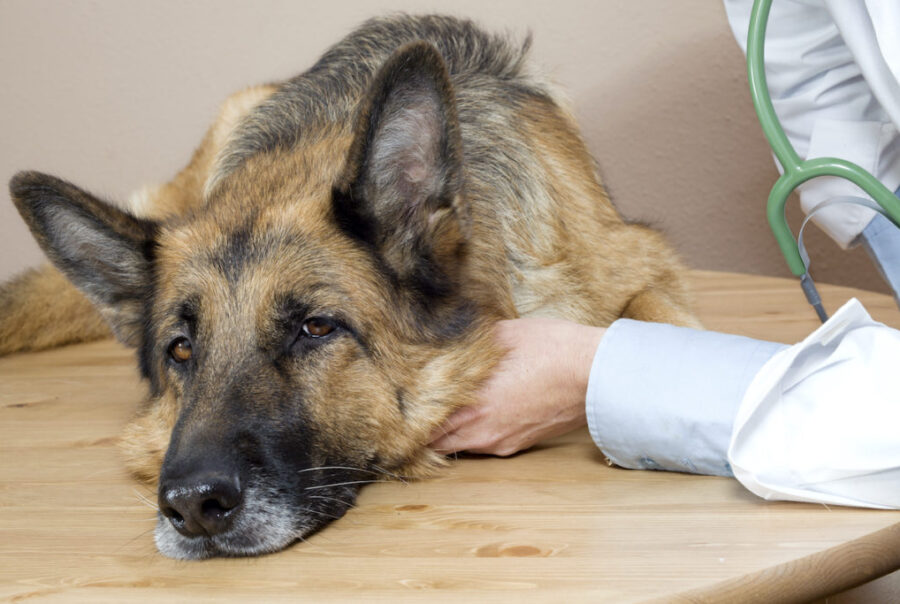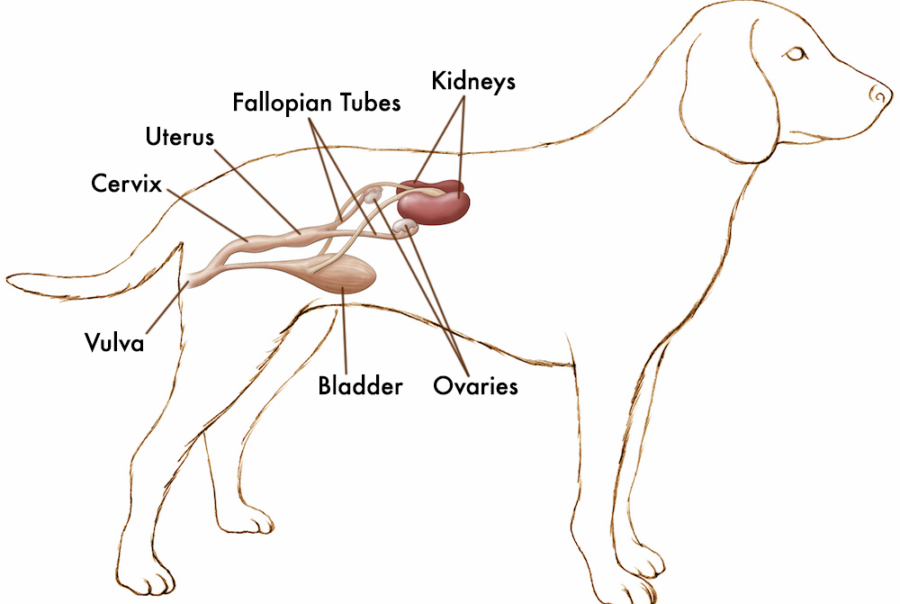Spaying and neutering pets to reduce pet overpopulation is standard veterinary practice, and usually involves removal of the sex organs to sterilize the animal. More recent research on dogs has shown that the lack of natural hormones resulting from spay or neuter can lead to other serious health complications. Hormone-sparing methods — like hysterectomy (also called ovary-sparing spay) for females and vasectomy for males — are ways to sterilize pets without the negative impacts from hormone loss.
When it comes to the question of whether, when, and how to sterilize pets, we encourage individualized decision-making to reduce risks and enhance benefits for the dog.








